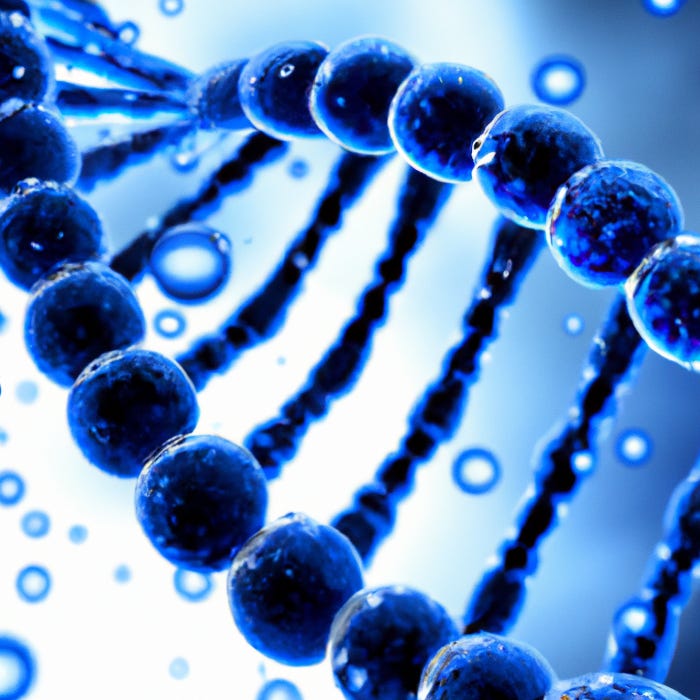DNA is the genetic material that encodes life, carrying the necessary information for cell growth, development, and more. DNA is constantly barraged by diverse damaging agents—such as UV light or chemicals. If left unrepaired, DNA damage can lead to serious consequences such as cell death, genomic instability, and cancer in some animals, including humans. To prevent these outcomes, cells have evolved several DNA repair pathways that work to identify and repair damaged DNA. Here, I provide a primer of different DNA repair pathways.
1. Nucleotide Excision Repair (NER)
NER is a pathway that corrects DNA damage caused by the presence of bulky adducts, such as those produced by UV light. The NER pathway recognizes the damaged DNA and removes a short segment of the affected strand, including the damaged base, through excision. This strand is then repaired using the information stored in the complementary strand. NER is a highly precise process that minimizes the risk of introducing errors during repair.
2. Base Excision Repair (BER)
BER is a pathway that corrects small, individual base damages in DNA, such as those produced by oxidation. A key step in BER is removing the damaged base, typically done by DNA glycosylases. This creates an abasic site in the DNA, which is then repaired by filling the gap with new nucleotides. BER is a relatively quick and efficient process that helps maintain the genome's integrity by preventing the accumulation of small, individual base damages.
3. Mismatch Repair (MMR)
MMR pathway can correct errors introduced during DNA replication, such as mismatches between the nucleotides in the complementary strands. MMR recognizes the mismatches and removes the incorrect nucleotide by hydrolysis. This process is followed by inserting the correct nucleotide, ensuring that the genome remains free of replication errors. MMR is an essential process for the maintenance of genomic stability, as errors in replication can lead to serious consequences such as cancer and other genetic diseases.
4. Homologous Recombination Repair (HRR)
HRR is a pathway that corrects double-stranded breaks in DNA, which can be caused by exposure to ionizing radiation or other forms of DNA damage. HRR uses the complementary strand of DNA as a template for repair, ensuring that the repaired strand is identical to the original. HRR is an important process for the maintenance of genomic stability, as double-stranded breaks in DNA can lead to serious consequences such as chromosomal rearrangements and cell death.
5. Non-Homologous End Joining (NHEJ)
NHEJ is a pathway that repairs double-stranded breaks in DNA by directly joining the two broken ends. NHEJ is a quick and efficient process that helps to prevent the loss of genetic information, but it is less precise than HRR and can introduce errors into the genome. NHEJ is particularly important in cells that are actively dividing, as it helps to prevent cell death and promote cell survival in the face of DNA damage.
DNA repair pathways play a crucial role in maintaining the integrity of the genome and preventing the accumulation of mutations and other forms of DNA damage. These pathways work together to correct various types of DNA damage.
Connect with me!
Medium: Jacob L Steenwyk
Twitter:@jlsteenwyk
Website:jlsteenwyk.com
Header image generated using DALL·E 2 from OpenAI





